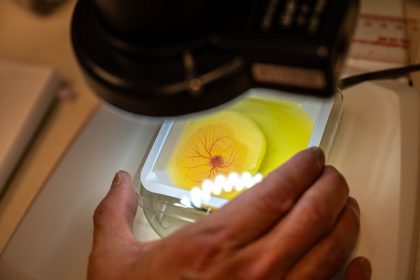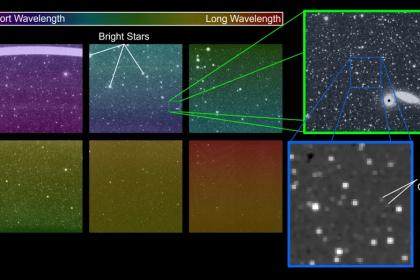The researchers of Stanford University and the Belgian research center Imec have succeeded in developing a new method for producing semi-transparent and flexible solar cells using tungsten material. This innovative achievement is a big step towards the production of solar cells with higher efficiency, lower cost and wider applications.
According to the scientific news department of Tekna Technology Media, the solar cells developed in this research, which are known as transition metal dichalcogenide (TMD) solar cells, have a higher light absorption coefficient and better semiconducting properties than the common silicon solar cells. These characteristics are TMD solar cells. It allows to absorb more energy from sunlight and convert it into electrical energy.
Due to the increasing demand for clean and renewable energy around the world, solar cell technology is rapidly advancing. Semi-transparent and flexible solar cells have a wide variety of applications due to their ability to be installed on various surfaces, including windows, balconies, and even wearable devices.
One of the advantages of TMD solar cells is the higher light absorption coefficient compared to silicon. Also, they have the possibility of being used on different levels and creating various shapes, and the ability to pass light and generate electrical energy at the same time. The new production method reduces the production cost of solar cells. Using the physical vapor deposition method, researchers have succeeded in producing thin films of tungsten diselenide (WSe2) on silicon substrates. These layers have a layered structure and electronic properties that are very suitable for use in solar cells.
Considering the many advantages of TMD solar cells, it is expected that this technology will be widely used in various industries in the near future, including building energy and electronics. Semi-transparent and flexible solar cells can play an important role as a source of clean and sustainable energy in dealing with climate change and reducing dependence on fossil fuels. The development of TMD solar cells is considered an important step towards the development of renewable energy technologies. This innovative technology, in addition to increasing the efficiency and reducing the production cost of solar cells, enables various applications in different industries.
To see the latest news, refer to the scientific news page of Tekna Media.
RCO NEWS
















